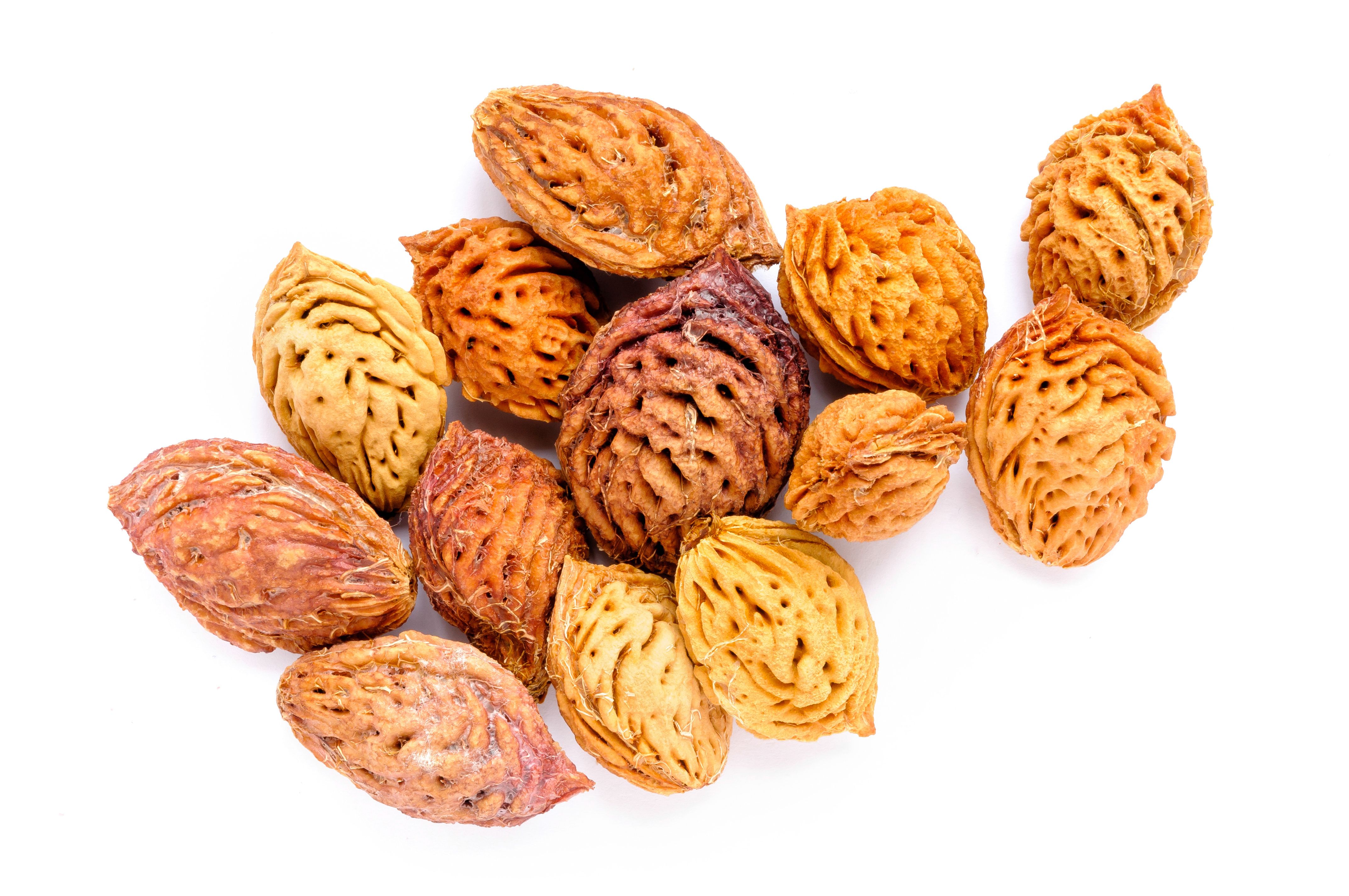Article Highlights
- NIR spectroscopy proves effective for in situ assessment of peach kernel quality, vital for traditional Chinese medicine production.
- Peach kernels, rich in polyphenols, are valuable in pharmaceuticals for treating various conditions like improving blood circulation and relieving coughs.
- The study led by Hengchang Zang and Lei Nie from Shandong University focuses on establishing an accurate detection model for peach kernel quality.
- Two NIR spectrometerswere employed to assess authenticity, species, origin, and amygdalin content without prior sample preparation, showing significant improvements in prediction performance.
Near-infrared (NIR) spectroscopy, a molecular spectroscopy technique, is capable of conducting rapid in situ assessment to ensure peach kernel quality, according to a recent study published in Spectrochimica Acta Part A: Molecular and Biomolecular Spectroscopy (1).
Peach kernel is a component seen in several traditional Chinese medicines. Because it is a source of polyphenols, peach kernels have therapeutic benefits that make it useful for the pharmaceutical industry to use in drugs to help prevent chronic non-communicable diseases (2). Peach kernels have been used to help patients improve blood circulation, helping to relax bowels, remove blood stasis, and relieving coughs (1).
NIR spectroscopy has been used to assess traditional Chinese medicines and its components. For example, previous studies have used NIR spectroscopy to identify the authenticity (3) and quantify active ingredients (4,5).
This study led by Hengchang Zang and Lei Nie from Shandong University aimed to establish a in situ detection model that could accurately assess peach kernel quality (1). To accomplish this objective, the research team evaluated the authenticity, species, origin, and amygdalin content of peach kernels through NIR spectroscopy, without the need for any prior sample preparation (1).
Two NIR spectrometers, one portable and one benchtop, were used for the analysis. The in situ samples were scanned using a portable MicroNIR spectrometer, whereas the powder samples were scanned with a benchtop Fourier transform NIR (FT-NIR) spectrometer (1).
Initially, the two spectrometers were compared to establish identification and content models for both in situ and powder samples. Subsequently, the study employed the improved principal component analysis (IPCA) method to enhance the performance of the in situ determination model for the portable NIR spectrometer (1).
The results demonstrated significant improvements in the prediction performance of the in situ model post-model transfer. The correlation coefficient in the prediction set (Rp), root means square error of prediction (RMSEP), and residual prediction deviation (RPD) reached 0.9533, 0.0911, and 3.23, respectively (1). Furthermore, the correlation coefficient in the test set (Rt) and root means square error of test (RMSET) achieved values of 0.9701 and 0.1619, respectively (1).
The in situ samples were also analyzed for their amygdalin content. The authenticity and species identification model for in situ samples using the MicroNIR spectrometer exhibited encouraging results, with correct classification and high normalized error rates (NERs) (1).
By leveraging NIR spectroscopy coupled with innovative modeling techniques, this study provides a practical and efficient solution for the evaluation of peach kernels, ensuring the improved quality of several traditional Chinese medicines.
References
(1) Yang, X.; Zhuang, X.; Shen, R.; et al. In Situ Rapid Evaluation Method of Quality of Peach Kernels Based on Near Infrared Spectroscopy. Spectrochimica Acta Part A: Mol. Biomol. Spectrosc. 2024, 313, 124108. DOI: 10.1016/j.saa.2024.124108
(2) Nowicka, P.; Wojdylo, A. Content of Bioactive Compounds in Peach Kernels and Their Antioxidant, Anti-Hyperglycemic, Anti-Aging Properties. Eur. Food Res. Technol. 2019, 245, 1123–1136.
(3) Deng, Z.; Fu, J.; Yang, M.; et al. Geographical Origin Identification of Hainan Camellia Oil Based on Fatty Acid Composition and Near Infrared Spectroscopy Combined with Chemometrics. J. Food Comp. Anal. 2024, 125, 105730. DOI: 10.1016/j.jfca.2023.105730
(4) Zhang, S.-J.; Gong, X.-C.; Qu, H. Near-infrared Spectroscopy and HPLC Combined with Chemometrics for Comprehensive Evaluation of Six Organic Acids in Ginkgo Biloba Leaf Extract. J. Pharm. Pharmacol. 2022, 74 (7), 1040–1050. DOI: 10.1093/jpp/rgab177
(5) Machado, S.; Barreiros, L.; Graca, A. R.; et al. Assessing the Differences of Two Vineyards Soils’ by NIR Spectroscopy and Chemometrics. Heliyon 2023, 9 (12), e23000. DOI: 10.1016/j.heliyon.2023.e23000
